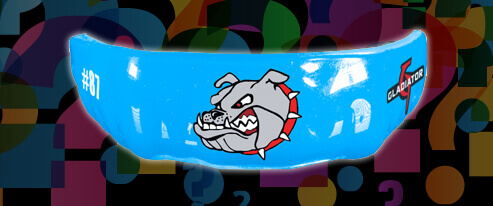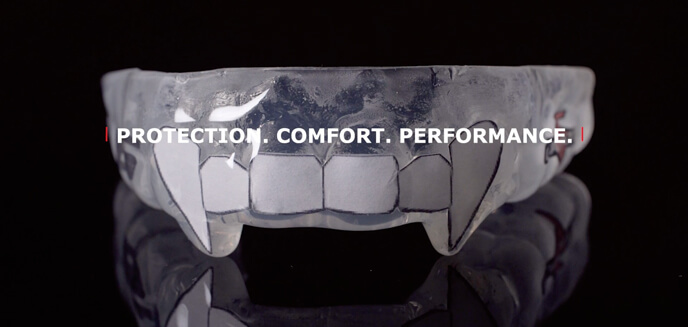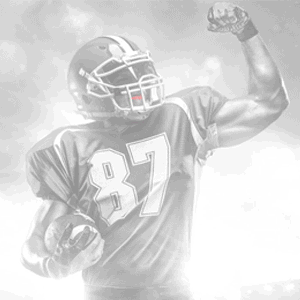3 Ways To Make Sure Your Mouthguard Fits Properly

No matter which sports you play or what level you play at, a mouthguard is likely a mandatory part of your uniform. That’s because a direct impact from elbows, fists, pucks, sticks or any hard hit that slams the upper and lower jaw together, can be a costly, lifelong injury.
So how do you ensure that your mouthguard is protecting you properly? Just check the fit. The fit of your mouthguard is the most important factor when it comes to being properly protected.
How do you know your mouthguard fits correctly? Here are three easy tips:
1. 4mm of protection, but only where it’s needed
Proper protection starts with at least 4mm of material in the important impact zones — the areas in front of the teeth and under the molars. That’s the minimum amount of material needed to properly protect the teeth, gums and jaw when an impact occurs.
While 4mm is the minimum, adding more material doesn’t necessarily make the mouthguard more protective — bulky extra material can actually inhibit your game. More protection is needed in those impact zones, but your mouthguard should be thinner or have no material in areas where protection isn’t needed — behind the back of the front teeth and the roof of the mouth.
2. No clenching or biting or flicking or chewing
A mouthguard is only doing its job if it’s in the right spot at the right time. For a mouthguard to be in the exact place when impact occurs, it must fit securely on your upper teeth, without biting or clenching.
That means you should physically have to pull your mouthguard out of your mouth to move it. No flicking with your tongue or release flaps to dislodge your mouthguard when it shouldn’t be.
3. Speak, breathe and drink water — clearly!
The simplest way to check the fit of your mouthguard is to talk. Your mouthguard shouldn’t interfere with your speech or breathing — so if you can’t speak or breathe clearly, your mouthguard isn’t the right fit.
As mentioned above, the material of your mouthguard should be limited or removed entirely from the free flow space in your mouth — the area behind the back of your front teeth and on the inside of your molars. This allows you to speak, breathe and even drink without removing your mouthguard.







